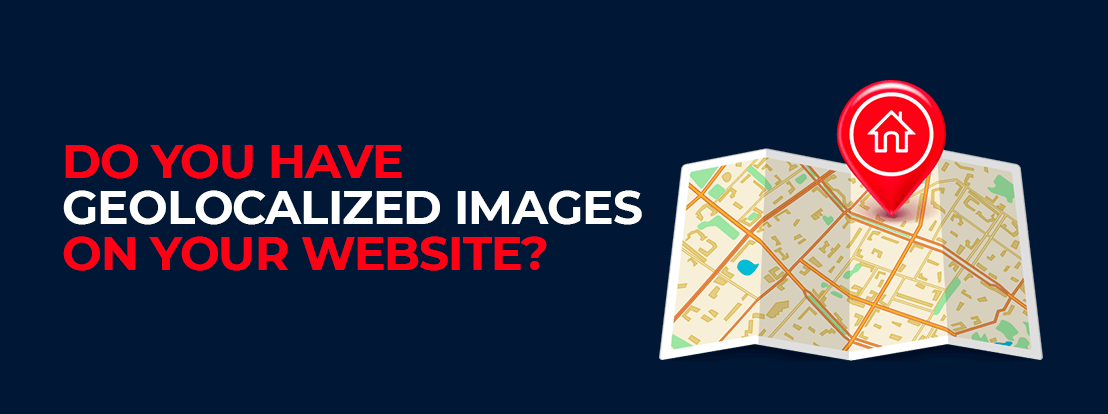The struggle to appear first in Google is constant, every company that has understood the importance of implementing SEO as an important strategy, wants to be among the first positions to be the one who gets the most profit.
That’s why I want to talk to you about image geolocation, either for your website or for uploading photos to Google My Business. After reading this article, you will want to start geolocating your images as soon as possible.
It is true that this practice is only useful and necessary for those businesses that want to position themselves locally, but I will tell you this throughout the article.
Table of contents
what is image geolocation?
In principle, an image as we know it, is nothing more than that, a picture you take of something or someone.
But you and I know that it has much more to it. From the size or “weight”, to the name of the file we are going to put on it. If we go a little deeper, we will see that we can deal with the metadata of an image, which is the data stored in the photo we have taken.
Google does not know how to see a photo as we do, it has to read them. Based on what it reads, it will understand one thing or another (or it will not understand anything if we do not give it a chance to do so). The more written information we give it, the more it will understand what we want it to see and the more it will position us.
The geolocation of images is nothing more than adding the coordinates you want to make Google see that this photo belongs to that place. Let me give you an example:
Imagine you have a pharmacy in Getafe (Madrid) and you want to position yourself first when people search for “Pharmacies in Getafe”. Geopositioning your images with the exact coordinates of where your pharmacy is, you will be able to tell Google that there is a pharmacy in Getafe.

see this image? It’s a geolocated image, how do we know? By looking at the metadata of the image. Here’s an example:

This factor is one more that will make you appear first if you intend to do local SEO and be among the first positions.
Importance of geolocating images for SEO
It may seem “silly” to geolocate images to improve the SEO of your business. But as you know, Google reads the metadata of your images and it is a great opportunity for your business to carry out this practice.
why?
Because your competition is not doing it. Local SEO is the struggle between locals in the same sector close to you. Standing out from them is the basis to get more customers and thus get more sales.
While your competition does not give importance to images, you will be geolocating them and gaining points with Google. This results in Google rewarding you by appearing before your competition when potential customers need your products or services.
you remember what it meant to appear first, right? Exactly, more impressions, more clicks, more customers who choose to go to your business, more sales and therefore, more profit.
Benefits of geopositioning
Now that you know what this is about, I want to make a short list of the benefits of geolocating images:
- It helps Google know where your business is and what you offer.
- It boosts local SEO.
- You help customers find what they need more easily.
- You get more impressions and clicks from a local target audience.
- Make you more known in your geographic area.
How to geolocate images We help you!
There are many ways to geolocate images, you may have seen that many articles recommend GeoImgr. What they don’t tell you quickly is that it is paid.
If you want to geolocate an image you have to do it by hand looking for the geographic area you want to mark. Moreover, it’s not only about finding the exact coordinates, but you also have to know how to optimize an image correctly.
If you want to position images well and compete against others, you have to have a quality SEO team that knows how to manage all aspects and SEO factors.
That’s why I want to invite you to work in a professional way your Local SEO and to get in touch if you have doubts or need help for your new strategy We are waiting for you!
You can watch the video here:
Related Posts










Deja un comentario